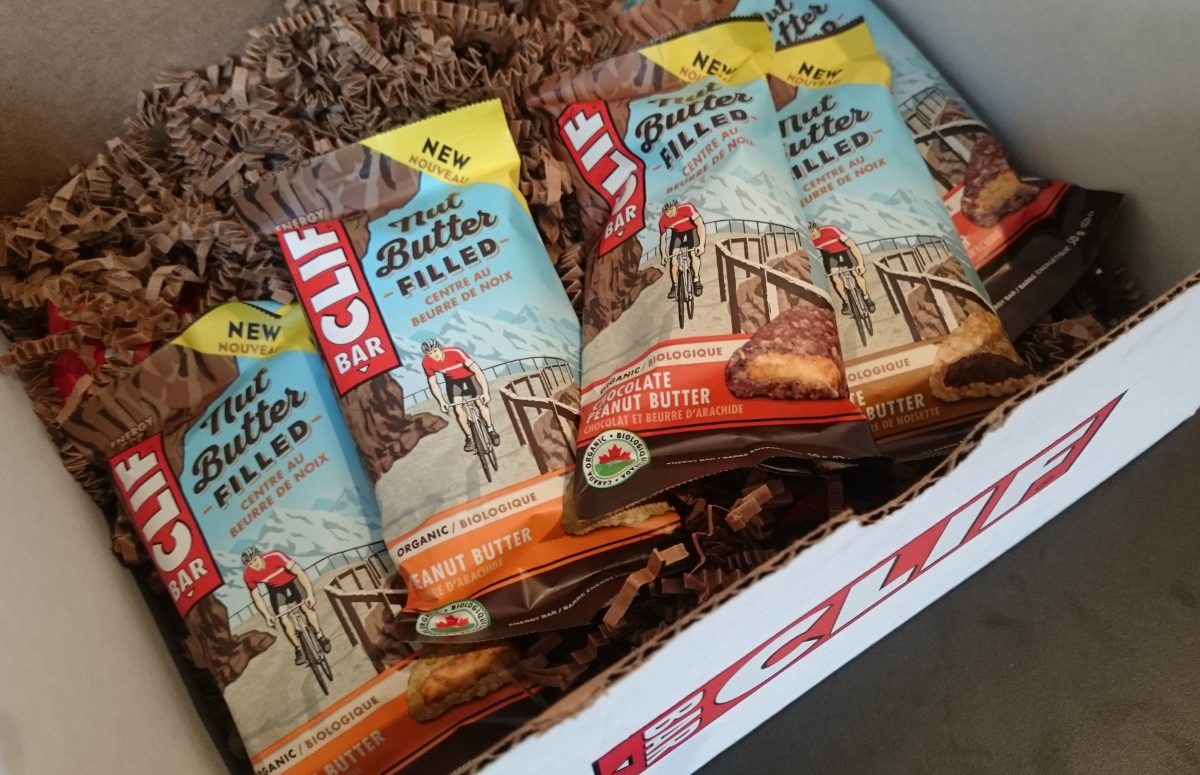How to ride safely during COVID-19 outbreak

Note: The rules regarding what trails are open are different across Canada, and the situation is changing quickly. Make sure you are following the rules of your local health authority, respecting the wishes of your local trail organization, and keeping up to date with any changes.
Riding your bike is one way many of us relieve stress or get a mental break from the daily routine. During the trying times of the current health emergency, that mental break is as important as ever. But, if you’re going to ride outside, you should be taking extra steps to do so safely.
Exercise, even just a fresh air break, is still being recommended by the Canadian government. Among the recommendations for activities on the government’s website are, “go outside for some fresh air, a run, a bike ride, or to walk the dog.” For mountain bikers, getting out for a ride must look different during coronavirus, though. Below are a list of ways to help you ride safely during coronavirus.
Riders also do need to respect any local trail closures and keep up to date with the recommendations of health authorities.
For everyone, whether you choose to ride outside or not, please be respectful of each other – in person and online. As long as others are following the rules, respect their choices. If you think someone you know should be acting differently, contact them directly instead of publicly shaming them. We can build community through tough times, or we can create divisions that might last after the current emergency has passed. Let’s all be respectful of each other, and come out of this stronger.
Finally, if you are showing any symptoms of COVID-19, you should be staying at home.
Ride safe
Take it easy out there, now is not the time to hunt for KOM’s or try new tricks. Focus on the fresh air and mental break, not workouts or sending it.
Don’t make yourself a burden on the already stressed health care system. Health care workers have enough to deal with during the pandemic. Adding to that stress with an avoidable riding injury takes away health care resources from those that really need them.
Ride solo
This is basic, clear, and essential. No group rides. You should only be riding with people you are already cohabiting with. Ride with your family, ride with your roommates. Don’t meet up with friends to ride.
Ride within your limits
80% rule is a good measure. Save the challenging trails for another day. Think of this as a great chance to work on basics, or just enjoy an easy ride. Easy trails are a great way to practice your skills if you’re on dirt. Or practice easy drills and other techniques if you’re on the trail. Riding harder trails carries an inherent risk of something going wrong, even if it’s a trail you’ve ridden a hundred times before.
Riding easy paths, multi-use trails, gravel or road instead of mountain biking is also a great way to get a mental break while minimizing risk of injury.
Ride close to home
If you’re going to go outside to ride, and you are somewhere where that is still allowed, ride your local trails. Don’t travel to the next city or town to ride. Travel between communities accelerates the spread of COVID-19, and can bring the virus to smaller communities that don’t have the same health resources as larger urban centres. Many small towns and tourist destinations – including Whistler, Canmore, and Squamish – are asking visitors to put off visiting until it is safe to do so.
Limit outdoor riding
If you are allowed to ride outside, mix in at-home workouts instead of riding outside every day. Hit the trainer, or do some strength training at home. Or mix in easy road rides with your easy mountain bike rides. Getting out on the trails can be a great way to get a mental break, but doing fewer trail rides is a good way to minimize the risk of injury, and leave time for others to ride outside without crowding the trails.
Bring everything you need to get home without stopping.
Bring all the food you need, stopping mid-ride for snacks is a no-no now. Also bring everything you need in case of a mechanical. Many bike shops are either closed, or only open by appointment right now. If you have a flat or other small mechanical, it is up to you to get home. (So, another reason riding close to home is important.)
Basic kit you should have on you includes: spare tube, tire levers, patch kit, pump, multi-tool, cell phone, cash and card (for an emergency, since you have all your food), a chain tool and quicklink.
Avoid heavy traffic and crowds
Part of riding safe is avoiding elements outside of your control. Everyone, including drivers, pedestrians and other cyclists, are a little more stressed than usual right now. This means people are likely to be distracted or less focused on what is happening around them.
Its also helpful to avoid busy times of day, where it is more likely that you will encounter other trail users, or crowds while getting to the trails.
Watch the weather
Is it raining? melting snow? frosty? Maybe stick to Zwift until it’s nicer outside. Any added element of risk should make you reconsider your ride.
Tell someone where you’re going
Since you’re riding solo you should let someone know your ride plans, and follow up when you get back fine.
Wash up when you get home
Washing your hands frequently is a constant theme for COVID-19 safety. Make sure you don’t bring anything from the outside world into your home by washing as soon as you get home. You can also bring a bottle of hand sanitizer with you on the ride, if you have space.


